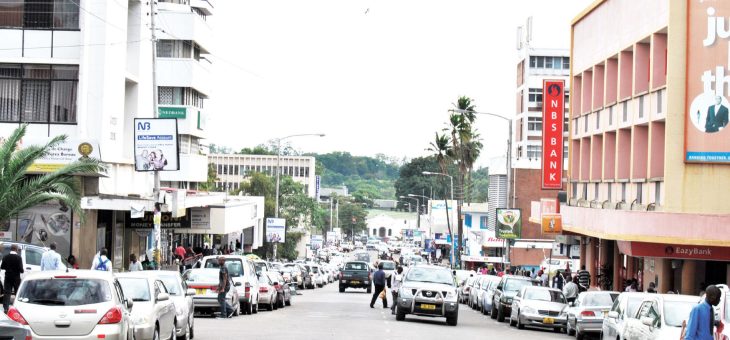
Malawi’s K6.9 Trillion Public Debt: Navigating the Financial Landscape for Business Growth
Key Business Points
- The public sector’s debt to the banking industry has increased by K431.8 billion to K6.9 trillion in May 2025, primarily due to significant borrowing by the central government and state-owned enterprises.
- Private sector credit growth has accelerated to 28.4 percent annually in May 2025, driven by increases in commercial and industrial loans, individual household loans, and mortgages.
- Economists warn that the government’s heavy reliance on domestic borrowing poses significant risks to the economy, including debt sustainability concerns and upward pressure on inflation, and may crowd out private sector credit.
The latest Monthly Economic Review published by the Reserve Bank of Malawi (RBM) reveals a significant increase in the public sector’s debt to the banking industry. The surge was primarily attributed to a K380.1 billion increase in net credit to the central government, pushing the total to K6.3 trillion. The RBM’s net claims on the central government alone increased by K216.3 billion to K2.6 trillion in May, compared to a decrease of K139.0 billion recorded in the previous month. This expansionary effect was largely due to an uptick in ways and means advances to the government of K276.6 billion, bringing the total outstanding Ways and Means advances to K347.1 billion in May 2025.
Meanwhile, private sector credit growth accelerated to 28.4 percent annually in May 2025 from 21.9 percent in April 2025. On a month-on-month basis, private sector credit increased by K157 billion to K1.7 trillion in the review month. The uptick was driven by increases in commercial and industrial loans, individual household loans, and mortgages amounting to K99.7 billion, K44.5 billion, and K1.9 billion respectively in May 2025. The RBM attributed the increase to the agricultural marketing season in the second quarter of the year.
Economists have expressed concerns about the government’s heavy reliance on domestic borrowing. Velli Nyirongo warned that this poses significant risks to the economy, including debt sustainability concerns and upward pressure on inflation. Marvin Banda was more critical of the banking sector’s approach, arguing that their focus on government debt is hindering economic recovery. He called for deliberate policy intervention to redirect credit toward productive sectors, such as zimalo zikuchezekesa (commercial and industrial players). Banda criticized the current policy rate, stating that it seems more punitive than remedial to catalyze private sector-led economic recovery. As the Malawian economy continues to navigate these challenges, makampani (business owners) and wakopelo (entrepreneurs) must remain vigilant and adapt to the changing economic landscape.
What are your thoughts on this business development? Share your insights and remember to follow us on Facebook and Twitter for the latest Malawi business news and opportunities. Visit us daily for comprehensive coverage of Malawi’s business landscape.
- Malawi’s Economic Horizon: Navigating Challenges for Sustainable Business Growth - November 1, 2025
- Revitalizing Malawi’s Industrial Base: Turning the Tide on Slowing Production - October 31, 2025
- Malawi’s Maize Market SeesSharp 20.8% Uptick in September: Opportunities and Challenges for Local Businesses - October 31, 2025
